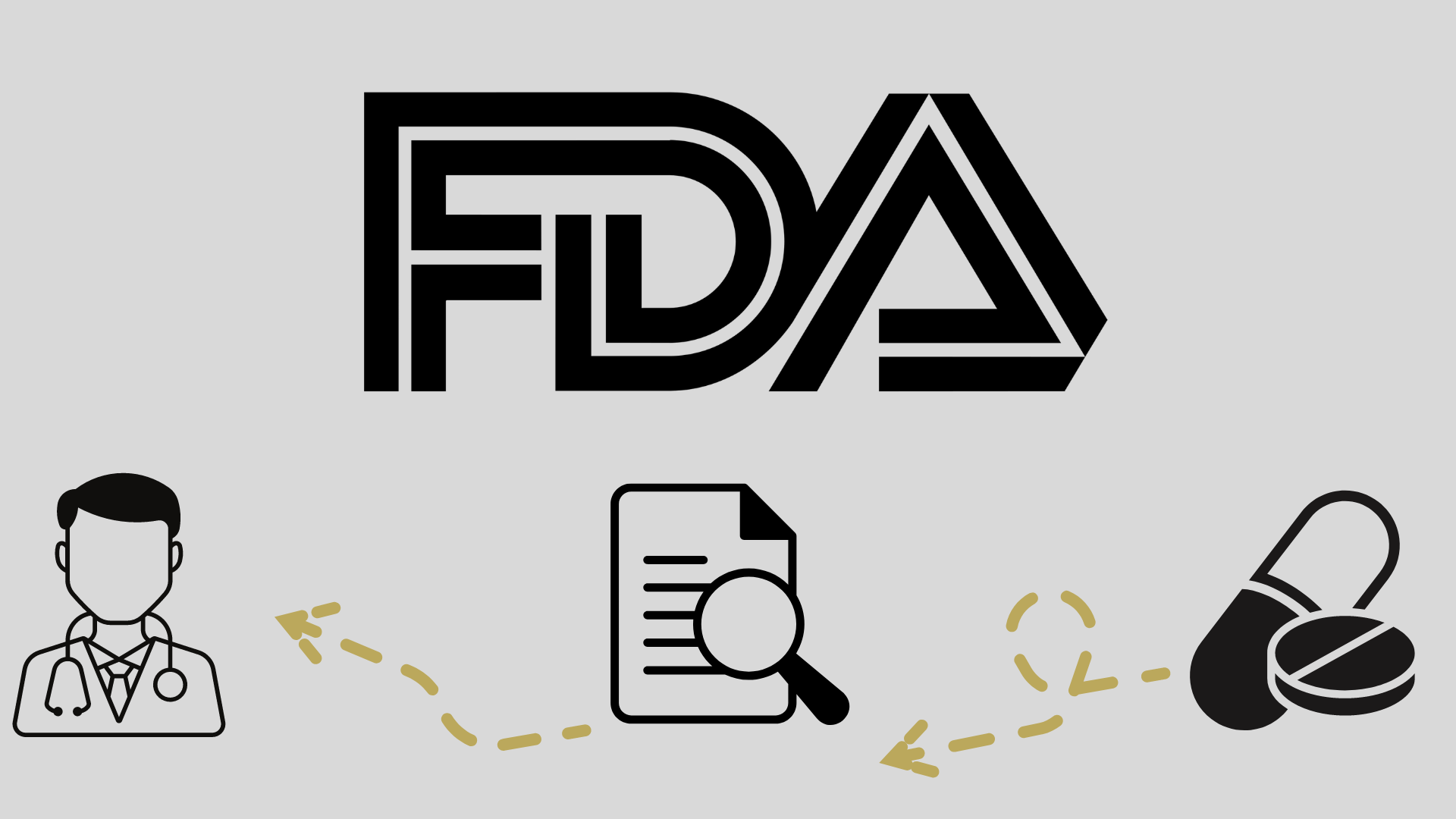
FDA Grants Accelerated Approval to Ponatinib/Chemotherapy for Ph+ ALL

Ponatinib in combination with chemotherapy is now an approved treatment option for adult patients with newly diagnosed Philadelphia chromosome-positive acute lymphoblastic leukemia.
- The FDA granted accelerated approval to the combination of ponatinib (Iclusig) with chemotherapy for the treatment of adult patients with newly diagnosed Philadelphia chromosome-positive acute lymphoblastic leukemia (Ph+ ALL).
- Findings from the PhALLCON (NCT03589326) study support this regulatory decision.
- The recommended dose of ponatinib has been set to 30 mg orally once a day with a reduction to 15 mg orally once daily upon achievement of minimal residual disease (MRD)-negative complete response (CR) at the end of induction.
The FDA has granted accelerated approval to ponatinib plus chemotherapy for adult patients with newly diagnosed Ph+ ALL.1
The approval is supported by
Looking at safety, the most frequently seen adverse events included hepatic dysfunction, arthralgia, rash and related conditions, headache, pyrexia, abdominal pain, constipation, fatigue, nausea, oral mucositis, hypertension, pancreatitis/elevated lipase, peripheral neuropathy, hemorrhage, febrile neutropenia, fluid retention and edema, vomiting, paresthesia, and cardiac arrhythmias.1
The recommended dose of ponatinib has been set to 30 mg orally once a day with a reduction to 15 mg orally once daily upon achievement of MRD-negative CR at the end of induction. Experts suggest ponatinib be continued with chemotherapy for up to 20 cycles until loss of response or unacceptable toxicity.
About the PhALLCON Trial
The randomized, active-controlled, multicenter, open-label PhALLCON trial enrolled adult patients with newly diagnosed Ph+ or BCR::ABL1-positive ALL. Patients were required to have an ECOG performance status of 2 or less; no history or current diagnosis of chronic, accelerated, or blastic phase chronic myeloid leukemia; and an absence of clinically significant uncontrolled cardiovascular disease.2
In the study, chemotherapy consisted of 3 cycles of induction with vincristine and dexamethasone, 6 cycles of consolidation alternating between methotrexate and cytarabine, and 11 cycles of maintenance with vincristine and prednisone. After completion of the induction phase and achievement of MRD-negative CR, the dose of ponatinib was reduced to 15 mg once daily.
The primary end point of the study was MRD-negative CR, and a key secondary end point was event-free survival (EFS). Molecular response rates, duration of MRD-negative CR, overall survival (OS), and safety represented other secondary end points.








































